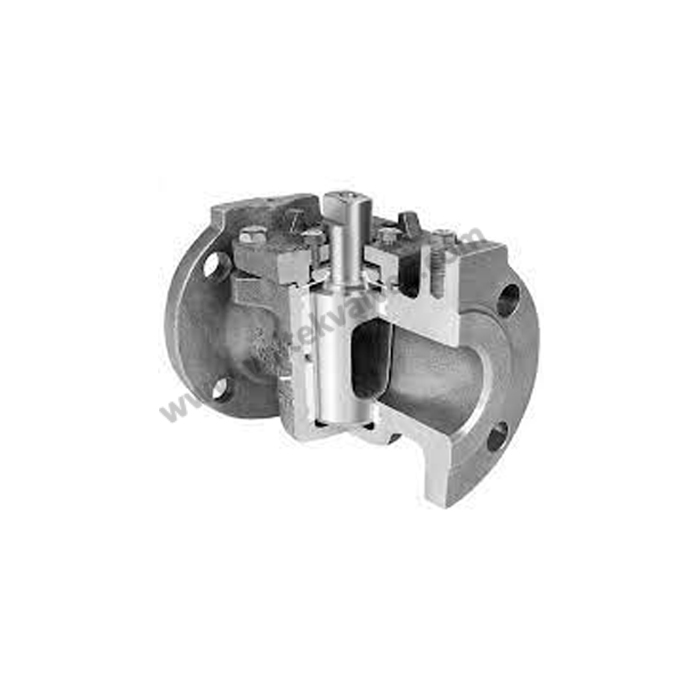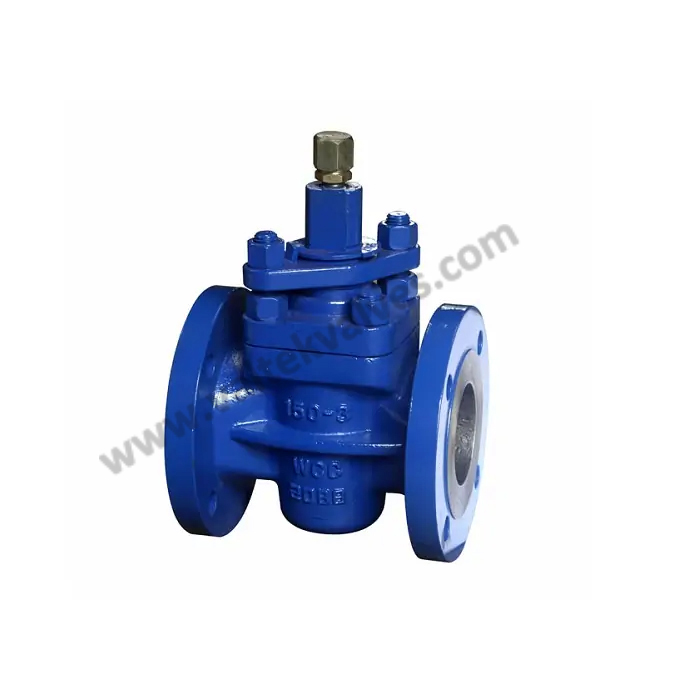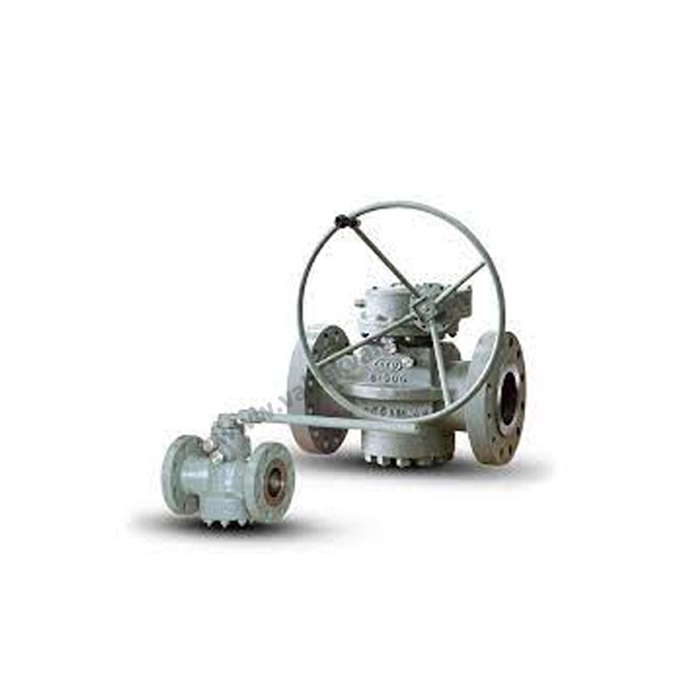
Plug Valves
Plug valves are quarter-turn valves that use a cylindrical or tapered plug to control the flow of fluids through a pipeline.
Plug valves offer efficient flow control and reliable performance in a wide range of fluid handling applications. Their simple design, ease of operation, and versatility make them popular choices for many industries and systems.
There are four main types of :
- Sleeved Plug Valves
- Double Flanged Butterfly Valves
- Lubricated Plug Valves
- Pressure Balance Lubricated Plug Valve
Applications:
Plug valves are used in a wide range of industries and applications where reliable flow control and tight shut-off are required.
Materials of Construction:
Plug valves are available in various materials to suit different application requirements, including carbon steel, stainless steel, cast iron, ductile iron, PVC (polyvinyl chloride), CPVC (chlorinated polyvinyl chloride), and other alloys.
The choice of material depends on factors such as the fluid being handled, temperature, pressure, corrosion resistance requirements, and compatibility with other system components.
Advantages:
- Quick and easy operation with a quarter-turn motion
- Suitable for handling a wide range of fluids, including liquids, gases, and slurries
- Can provide bubble-tight shut-off, particularly in tapered plug valve designs
- Compact and lightweight design compared to some other types of valves
| Design Standards : |
|
|---|---|
| Testing Standards : |
BS 5146 |
| Size Ranges : |
2"-16" (DN50-DN400) |
| Class : | 150-2500 |
| Material of Construction: | WCB, WCC, WC6, WC9, C5, C12, LCB,LCC, CF8, CF8M, etc. |
| Seat: | A105+13%Cr, A105+Steelited. |
| Trim: | API No 1 to 16. |
| Face to Face: | As per ASME B16.10 |
| Actuation: | Manual, Gear, etc. |
| End Connection: | ANSI B16.5(Raised Flanged), ANSI B16.25(Butt Weld) |
Types Of Plug Valves
Sleeved Plug Valves
Sleeved plug valves are a type of plug valve where a flexible sleeve or liner is used to provide sealing between the plug and the valve body.
Design and Construction:
- Sleeved plug valves consist of a cylindrical or tapered plug with a through-hole (port) that is rotated within the valve body to control the flow of fluid.
- The plug is surrounded by a flexible sleeve or liner made of materials such as rubber, PTFE (polytetrafluoroethylene), or elastomers.
- The sleeve provides a tight seal between the plug and the valve body, preventing leakage when the valve is closed.
Materials of Construction:
- The materials used for the plug and the sleeve in sleeved plug valves vary depending on the application requirements.
- The plug may be made of materials such as carbon steel, stainless steel, or other alloys, while the sleeve is typically made of rubber, PTFE, or elastomers.
- The choice of material depends on factors such as the fluid being handled, temperature, pressure, corrosion resistance requirements, and compatibility with other system components.
Advantages:
- Excellent sealing performance, even in high-pressure or high-temperature conditions
- Minimal maintenance requirements due to the replaceable sleeve design
- Suitable for handling abrasive or corrosive fluids
- Quick and easy operation with a quarter-turn motion
Lubricated Plug Valve
A lubricated plug valve is a type of plug valve that uses a lubricant to reduce friction between the plug and the valve body, ensuring smooth operation and tight sealing.
Design and Construction:
- Lubricated plug valves consist of a cylindrical or tapered plug with a through-hole (port) that is rotated within the valve body to control the flow of fluid.
- The plug is coated with a lubricant, such as grease or oil, to reduce friction and wear during operation.
- The valve body typically has a tapered or cylindrical cavity that accommodates the plug and provides a sealing surface.
Materials of Construction:
- Lubricated plug valves are available in various materials to suit different application requirements, including carbon steel, stainless steel, cast iron, ductile iron, and other alloys.
- The choice of material depends on factors such as the fluid being handled, temperature, pressure, corrosion resistance requirements, and compatibility with the lubricant.
Advantages:
- Reduced friction and wear, resulting in smoother operation and extended service life
- Tight sealing even under high-pressure or high-temperature conditions
- Suitable for handling a wide range of fluids, including liquids, gases, and slurries
- Quick and easy operation with a quarter-turn motion
- Lower torque requirements compared to some other types of valves
Pressure Balance Lubricated Plug Valve
A pressure balance lubricated plug valve is a specialized type of plug valve designed to minimize the effects of pressure imbalances across the valve, particularly during opening and closing operations
Design and Construction:
- Pressure balance lubricated plug valves feature a cylindrical or tapered plug with a through-hole (port) that is rotated within the valve body to control the flow of fluid.
- The plug is coated with a lubricant to reduce friction between the plug and the valve body.
- Additionally, these valves include pressure balancing features to equalize the pressure acting on both sides of the plug, particularly during high-pressure differentials.
Materials of Construction:
- Pressure balance lubricated plug valves are available in various materials to suit different application requirements, including carbon steel, stainless steel, cast iron, ductile iron, and other alloys.
- The choice of material depends on factors such as the fluid being handled, temperature, pressure, corrosion resistance requirements, and compatibility with the lubricant.
Advantages:
- Minimized risk of plug jamming and sticking, even under high-pressure conditions
- Smooth operation and reliable sealing performance
- Suitable for handling a wide range of fluids and operating conditions
- Quick and easy operation with a quarter-turn motion
- Extended service life due to the use of lubrication and pressure balancing features




















One of the best supplier i could ever found. Plus you are the best and cheapest.